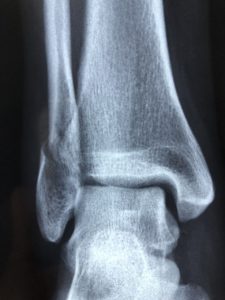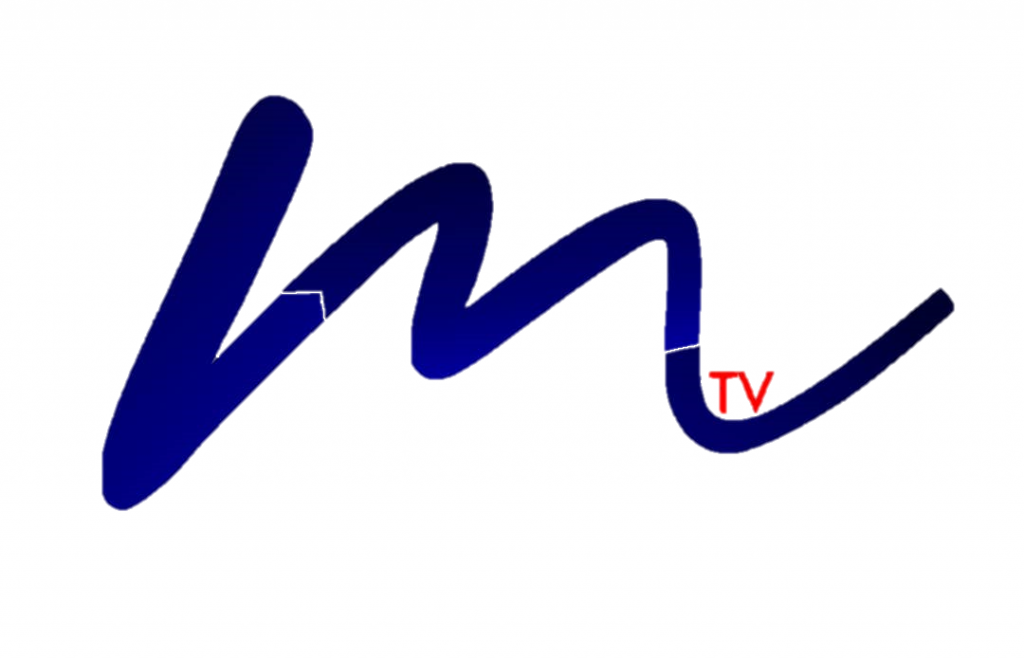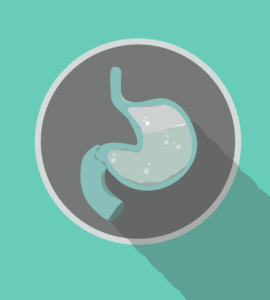Over the years, medicine has gone through a lot of revolutions, mind-blowing discoveries and jaw-dropping inventions. However, none can be compared to the game-changing discovery of X-RAYS by Professor Wilhelm Conrad Roentgen on November 8, 1895. Roentgen’s discovery doesn’t only earned him a Nobel Prize in Physics, but also marked a great milestone in medicine.
Since its discovery, X-rays have been used in many fields, more outstandingly in medical practices. It brought about precision in medical diagnosis, play vital therapeutic roles and has vast interventional applications. It made it possible to look at the human body from within without having to cut it open.
Radiographers are the internationally recognized custodians of X-rays. They are trained professionals who utilize ionizing and nonionizing radiations for diagnostic, therapeutic and interventional purposes. Roentgen’s discovery paved way for many incredible discoveries in Medical Imaging. He provided job opportunities for thousands of Radiologists, Radiographers and Radiological Technologists allover the globe. To commemorate this rather unsung hero, Radiographers mark and celebrate 8 November as World Radiography Day worldwide.
Radiography is no longer limited to the traditional method of image acquisition using xrays and image receptors. It has skyrocketed to the application of many other ionizing and nonionizing radiations for medical uses. It involves the use of fancy yet sophisticated machines like Magnetic Resonance Imaging (MRI), Computed Tomography (CT or CAT scan), Gamma cameras, Ultrasound and many more.
Regarded as the “Eye of Medicine”, Radiography today is a necessity in every healthcare facility. It’s like that light needed to guide the Doctor down the dark street of medical diagnosis and treatment.
Today, Radiographers are involved in almost every step of patients care in the hospital. They are at the forefront of medical diagnosis and treatment. They help assess patient’s wellbeing, diagnose all sorts of conditions affecting the internal organs. They assess the wellbeing of a pregnant lady and her child – sometimes even tell the baby’s gender before birth. Cool right? With the help of Radiographers all forms of cancers can be detected and treated. In the case of malignant – untreatable cancers, they help assess its margin for a more precise surgical removal. They are big role players in a patient’s surgical journey.
Radiography as a field is vast and fast-growing. It’s arguably the fastest growing profession with lots and lots of cooler inventions aimed to further simplify medical practices. Radiographers are undoubtedly an integral part of medical team whose role cannot in any way be overemphasized. Thank God
Written by
M.H Umar jahun ,
Radiography departmen A.B.U Zaria Nigeria




Nice write up…a question pop up in my mind while reading…if a physicist invented X-ray that is now widely used in medical practice, are physicists allowed to practice as radiographers in the medical field?
A nice question arose well it’s quite no!! physicist can not work in medical field as a radiographer.
Who’s Radiographer ? Radiographer are not physicists,are not photographers and don’t work in Radio station Are university graduates train in medicine/Health science. Radiographer is a medical radiation scientist or medical physicists who employ/deploy both ionizing and non ionizing radiation for
* Diagnosis intervention
* Diagnosis therapy
They are found in department of medical imaging,radiology,Radiodiagnosis ,radiation medicine and radiotherapy using radiological modalities(equipment)
They are :
Computed Radiography (CR)
Direct Digital Radiation (DDR)
Film screen Radiography (FSR)
Fluoroscopy
Fluorography
Mammography
Ultrasound
Magnetic Reasonance Imaging (MRI)
CT scan
Scintigraphy
Spect etc
Radiography is the back bone of radiotherapy and nuclear medicine.
Radiographers are not synonymous with Radiologist the letter physicians ( MBBS holders) who love radiography and went back to the school to specialized in it .
Radiology define them yes its seemingly semantics, yet a problem solving one both group in addition to medical physicists synergistically in the same physical space . Although each group appeared to know and accept the role, there are penumbra where roles overlap and friction broods . Nevertheless for the sake of patients synergy is stronger than inter professional allergy.
M.H Umar Jahun
Radiography department
Ahmadu Bello University Zaria .